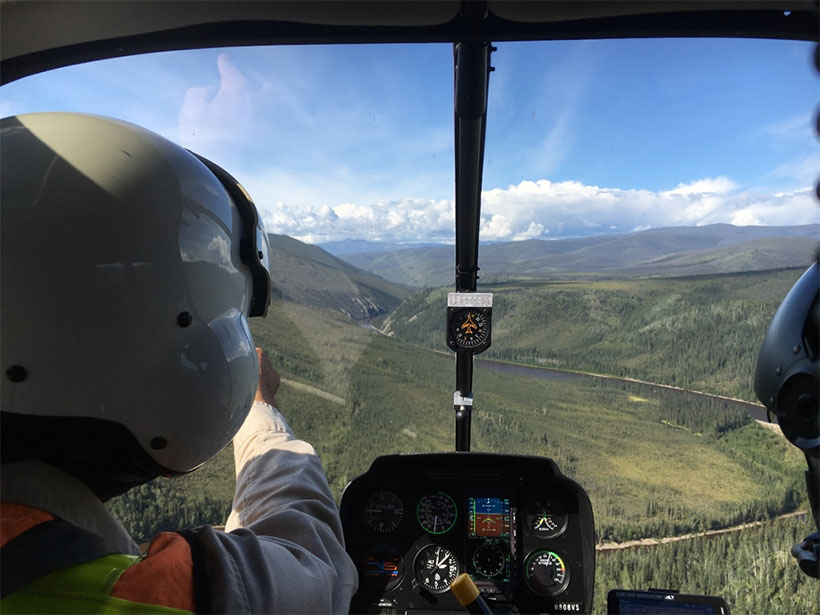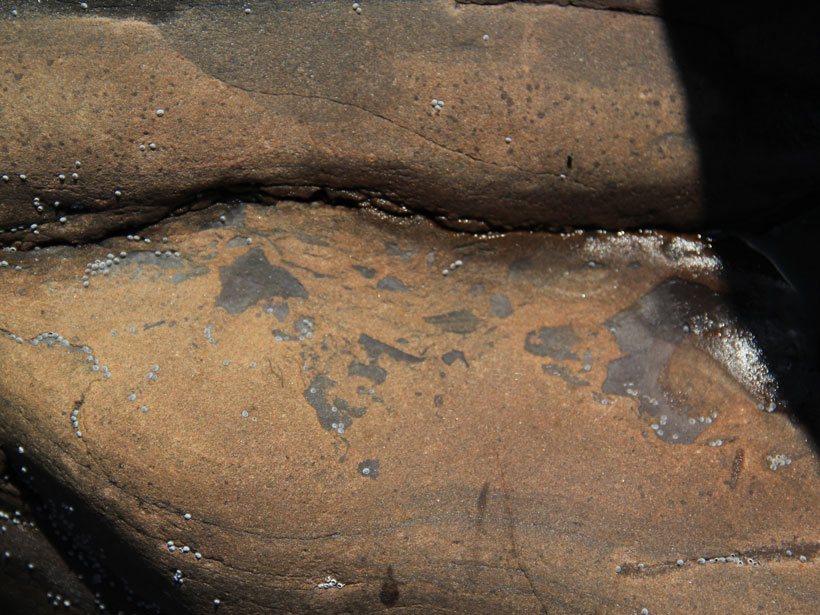Fieldwork is revealing a history of landscape evolution over the past 5 million years that links climate change and river capture to critical mineral resources across the Alaska-Yukon border.
rare earth elements
Posted inNews
Paleontologists Peer Inside Billion-Year-Old Cells
Scientists have discovered the fossilized remains of Precambrian cells extraordinarily preserved with the rare earth element phosphates monazite and xenotime.


